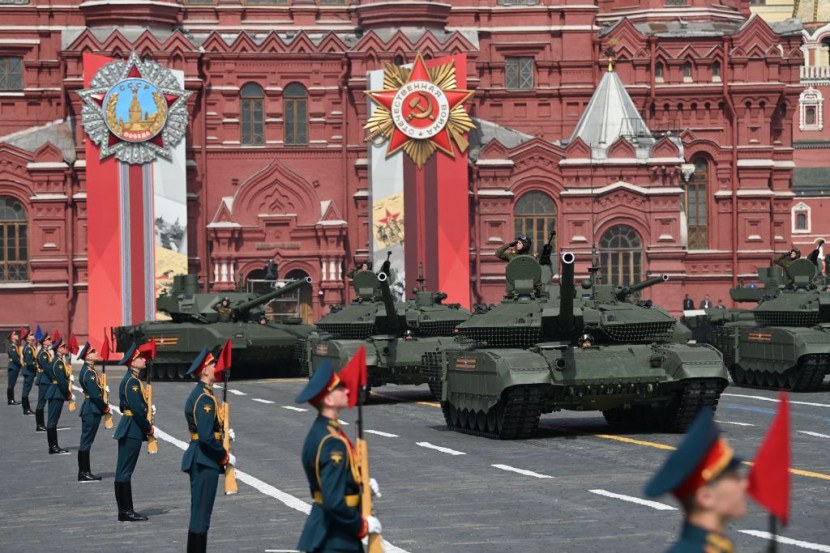
Kalashnikov's Steel Research Institute [SRI] exhibited a new dynamic protection system for Russian light armored units in combat. It can be equipped on most Light Armored Fighting Vehicles (LAFV), as state-owned Rostec of Russia reveals.
Kalashnikov Uses Dynamic Protection on Russian Armored Units
Armored vehicles without protective panels can be damaged or knocked out by grenades or ant-tank rockers in all radii. Due to its light armor designation, 500 mm of protection is insufficient. This defense system does not use an outward explosion to stop any projective aimed or lobbed at it, reports Bulgarian Military.
One problem with the older style of block detonation was that it left an unprotected gap which weakened or caused issues with blocks nearby. Developing this new complex will eliminate this problem and lessens survival chances. Armor protection systems are countermeasures used on all Russian armor vehicles and tanks, noted Top War.
Western armor has yet to utilize such a system, but Moscow took the initiative. Germany tried a dynamic defense system but stopped developing it. This system is dangerous, according to the Germans.
How Light Armored Units Are Protected by the System
Dynamic armor uses two same-sized plates side by side on the top armor. A tank moving will cause opposite movement of the plates that will always be in the opposite direction of each other. Sandwiched in the middle is a charge as the plate shift oppositely.
When impacted by an anti-tank weapon, that ignites the explosive, which, in turn, lessens the effect of the explosion, causing a rocker to explode farther from the AFVs saves it from suffering catastrophic damage. No actual penetrative effect is felt on the vehicle's hull at all.
Dynamic Protection Better Alternative
Dynamic protection deflects an explosive blast at an optimum 90 degrees while the opposing shifts of the palettes on the armored hull. A vital point of the complex is preventing a straight and dead hit at 90 degrees which can be deadly. Keeping impact at 45 degrees will negate the full blast for optimal effect.
The use of this shifting armor protection for Russian IFVs is the main benefit that western tanks lack. The German Leopard MBT does not include this as additional protection, per Military Today. Western allies will send it to Ukraine to square off with Russian armored forces.
Using dynamic protection systems for light armored vehicles is not the norm for Russians. An evolving conflict in Ukraine pushes Russian planners to change their thinking and adapt, but not the west. But additional palettes on the LAFV will make it less agile and faster.
This involves keeping the crew and vehicle alive, but some mobility is traded off to survive major attacks from western aggressors. The conflict is sizing to be a Russia versus west showdown in Ukraine. It will be a boon or a bane for the Russian forces ramrodding the AFU.
Kalashnikov presented the new dynamic protection plan to upgrade Russian light armored units.
Related Article : Russia Sends Terminator Tanks To Ukraine
© 2026 HNGN, All rights reserved. Do not reproduce without permission.







